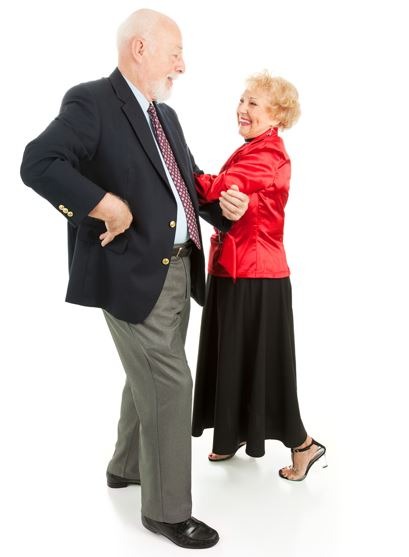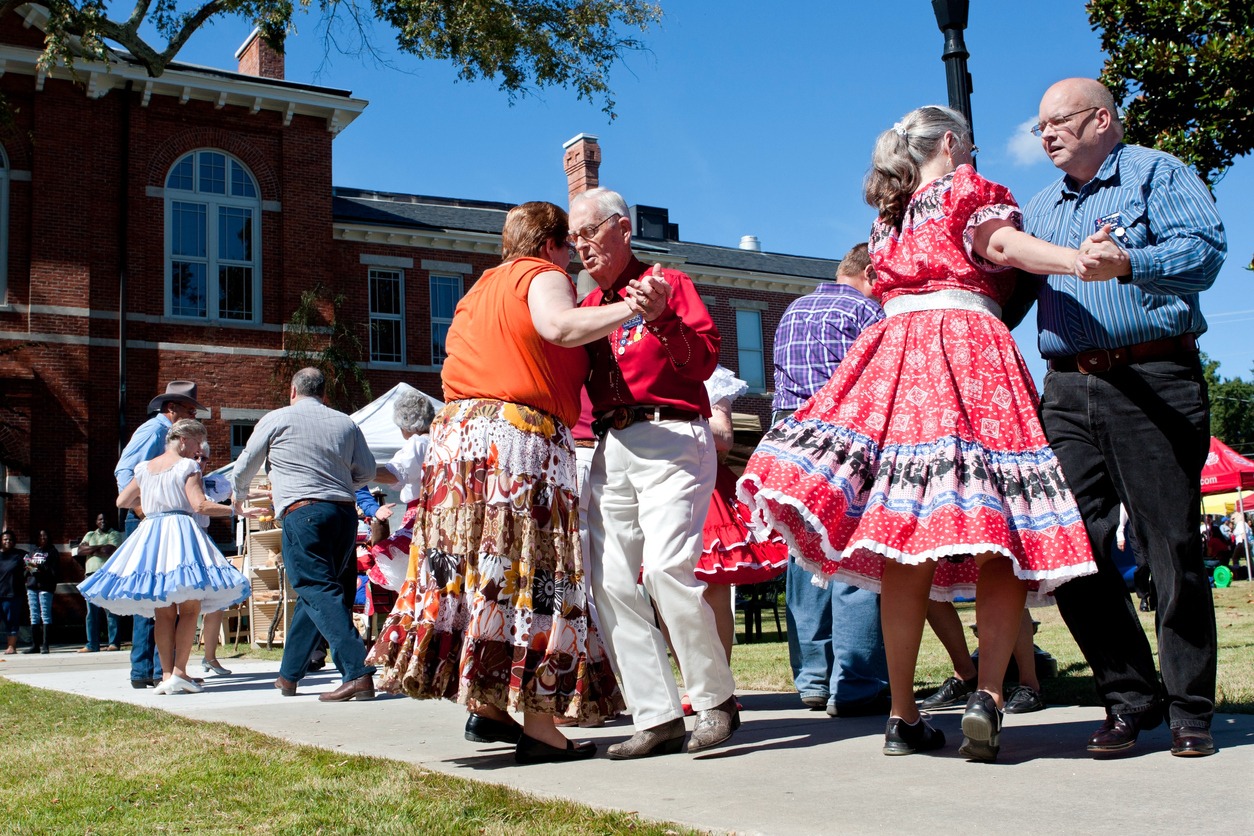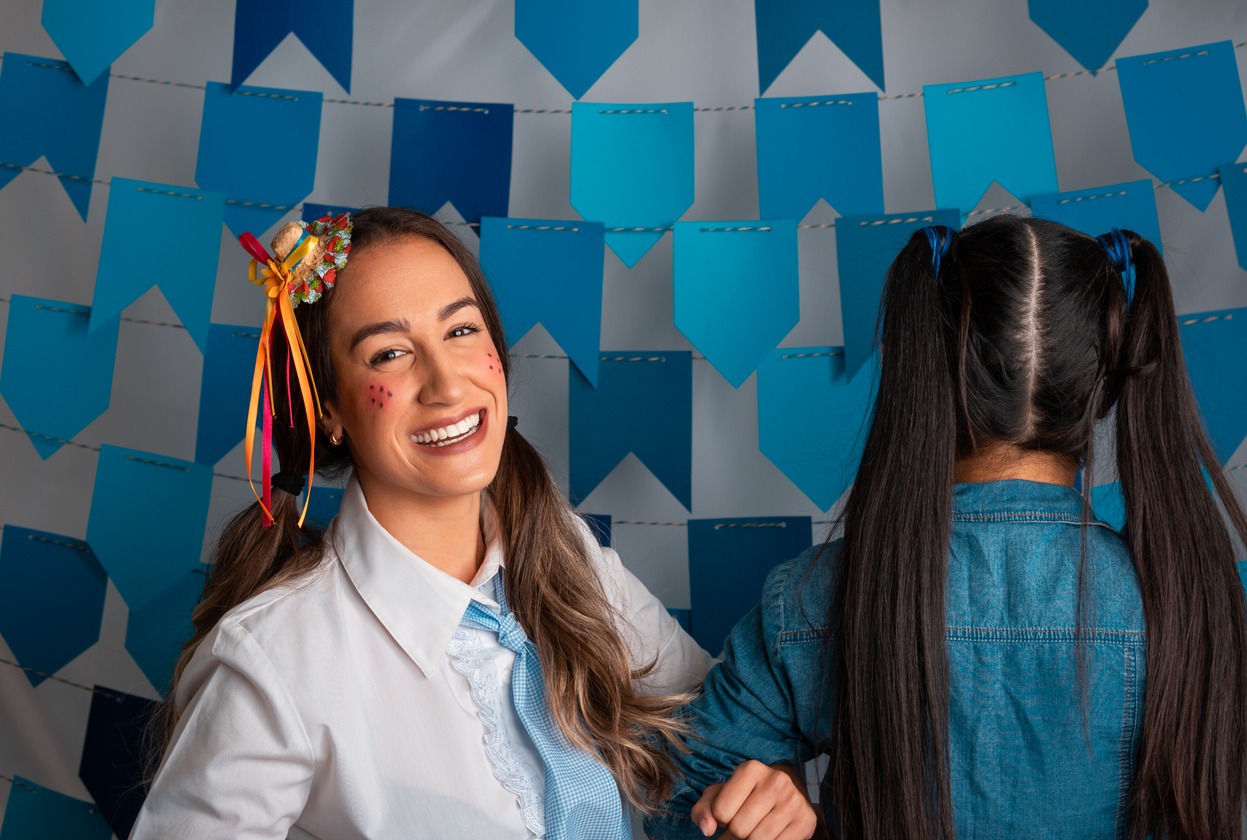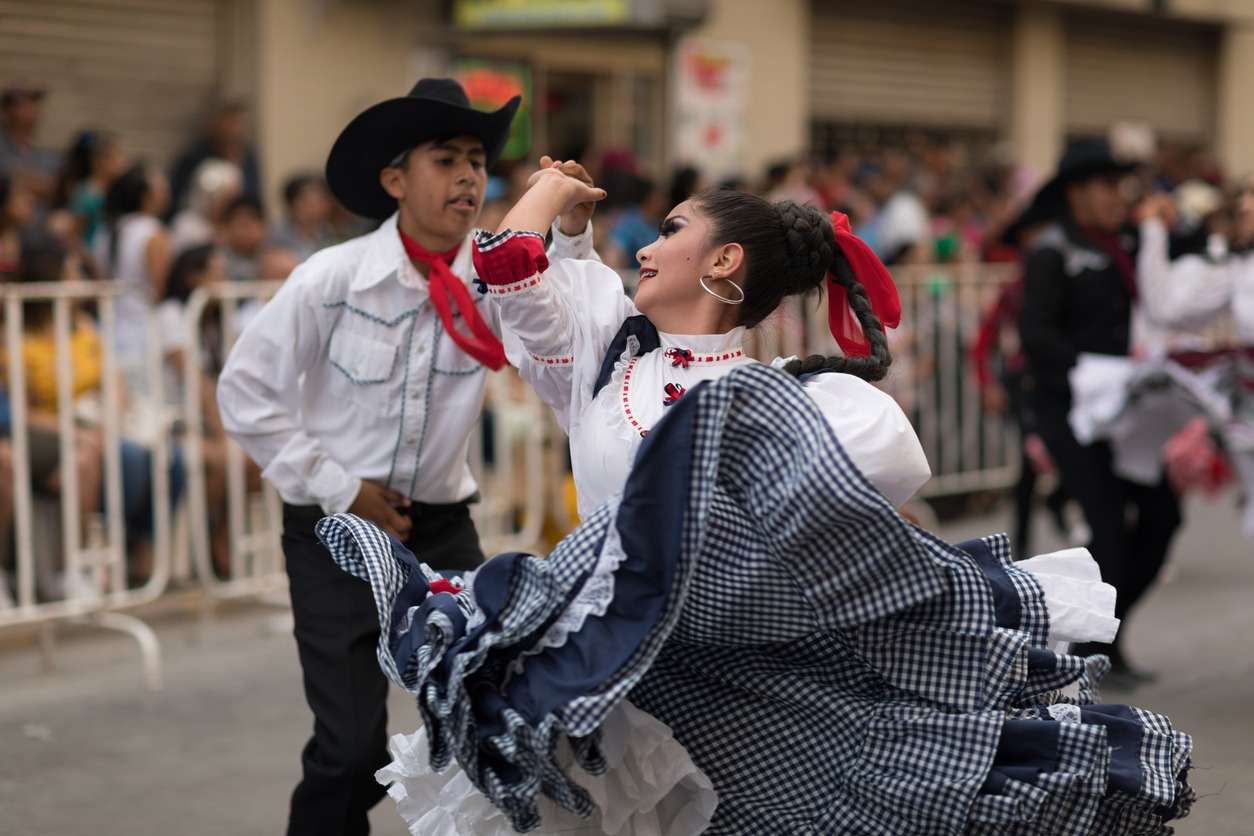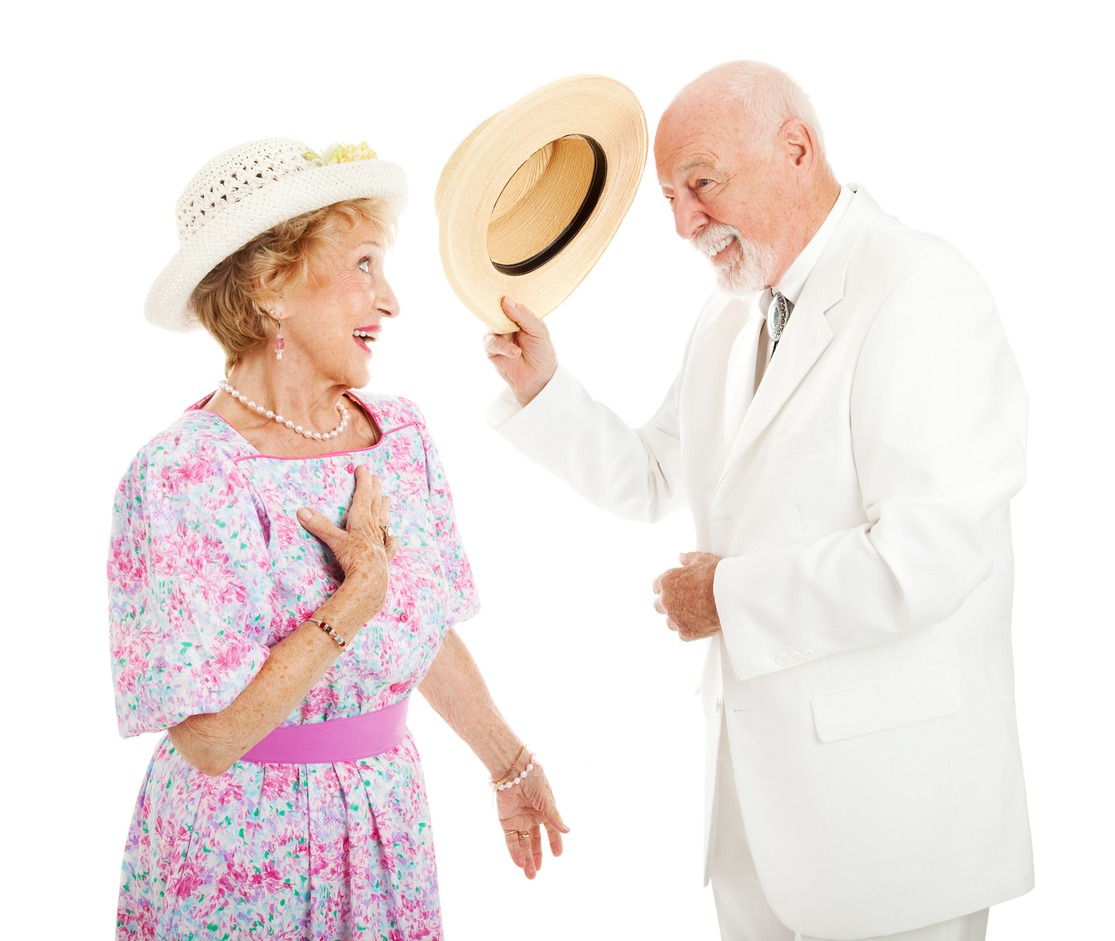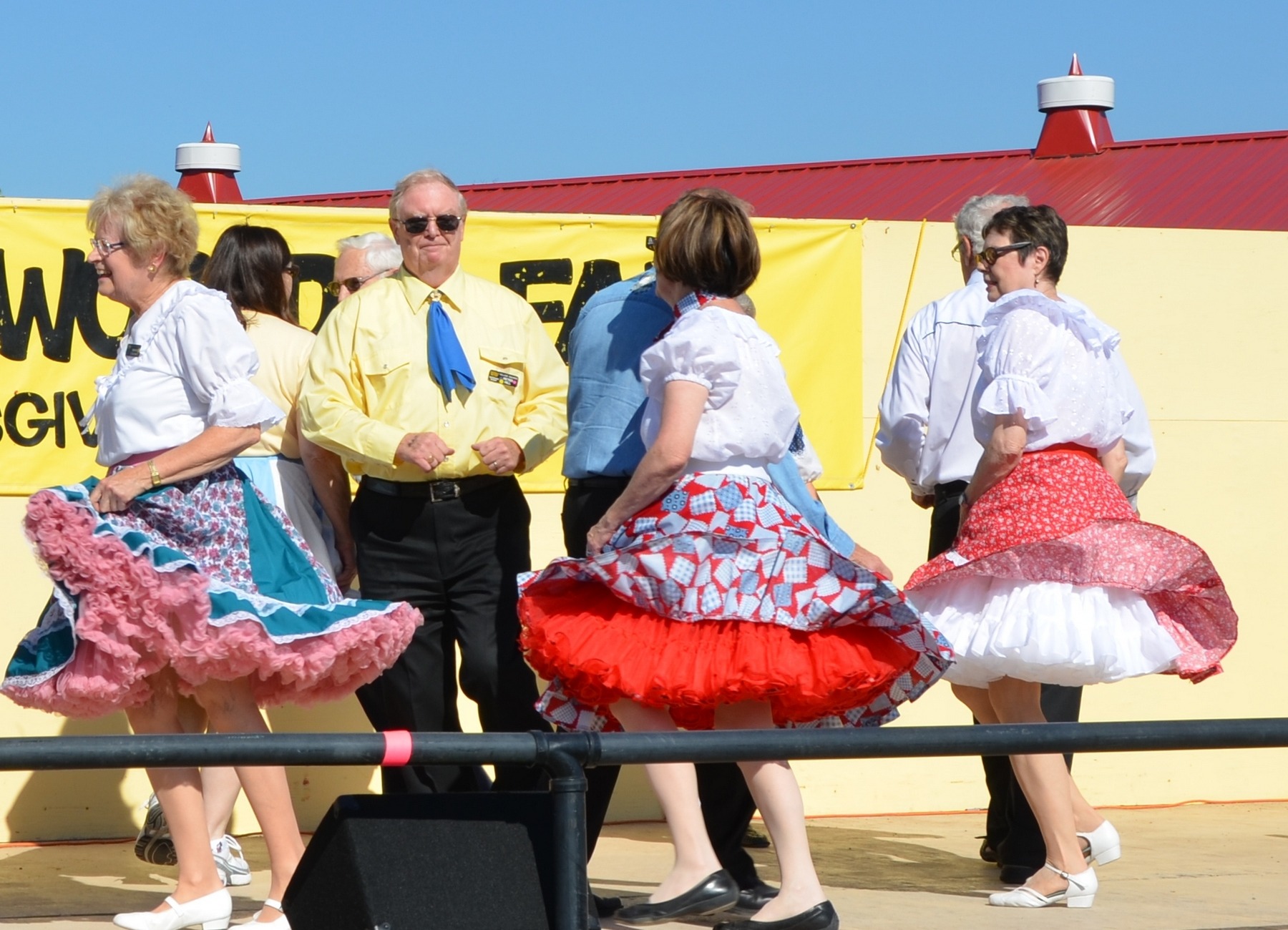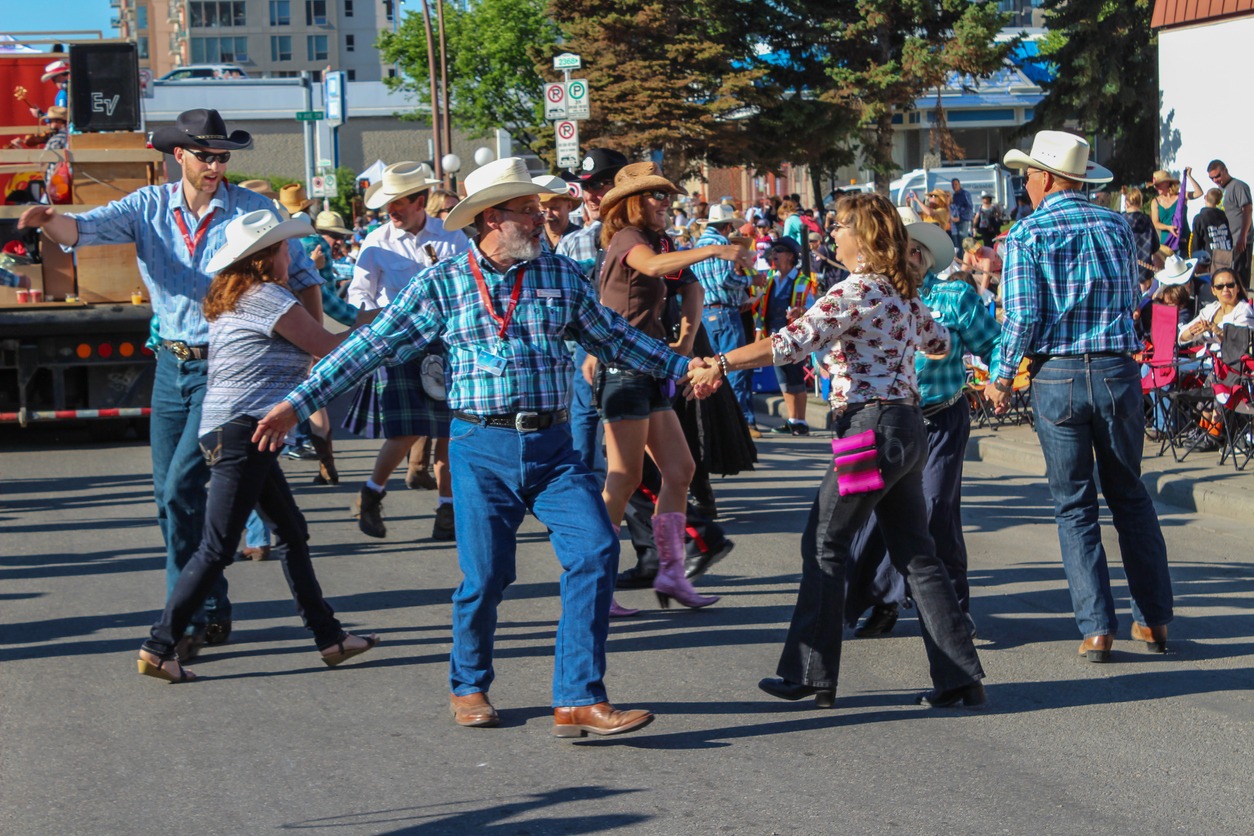A square dance is a traditional American folk dance in which four couples form a square and dance to a set of steps called out or cued by a caller. The Morris Dance from England and the quadrille, a French dance style that dates to the seventeenth century, are two historic European dances that have influenced square dancing. Square dancing is a popular social activity in North America, especially in the country’s south and west. It is the state dance of more than 20 states, including Colorado, Massachusetts, and others.
The phrase “square dance” can refer to various American dance customs, such as the actual event, which often takes place at a square dance club or dance hall, or multiple types of barn dances. Because they include line and round dances in addition to square dancing, English, Irish, and Scottish dance circles use the phrase less frequently than other countries.
Square Dancing Details
Read More About This Hobby| Category: Competition, Exercise/Fitness, Performance, Physical, Social | Time: 30-60 min | Skill: Some |
| Initial Cost: Free | Space: little | People: large, small |
| Long-Term Cost: Free | Makes Money: No | Location: indoor |
Brief History of Square Dancing
The history of square dancing begins in the seventeenth century in Europe. Here is a synopsis of its development:
The English Dancing Master, written by bookseller and publisher John Playford in 1651, describes four-couple dances performed in England, Scotland, and Ireland. The cotillion and the quadrille are two eighteenth-century French dances that both engaged couples in square formation and combinations of dance steps, such as the ladies’ chain, in which female dancers passed each other on the right while giving their left hand to their male partners, had a significant influence on this style of dance, also known as an English country dance, Irish set dance, or Scottish country dance. The North American square dance, which got its name to set it apart from the contra dance, a well-known line dance, still incorporates many of the dance steps in Playford’s book.
Square dancing makes it to America. After the American Revolution, the quadrille gained significant popularity in America thanks to the dancing styles that Europeans brought. Slave masters frequently required enslaved Black Americans to perform as musicians during square dances throughout the nineteenth century. They would later create the “calling,” or declaring the steps and shape of the dances to dancers, which helped organize the dance floor, and change the dance style. Although white critics criticized it at the time, calling would later be seen as a distinguishing aspect of the genre.
Modern society’s square dance. Mid- to late-20th-century American square dance remained prevalent, and in 1982 it was designated as the country’s official dance. Square dancing had fallen out of favor by then and was no longer drawing in new dancers, so many schools dropped it from their curricula. In the 1970s and 1980s, efforts were made to reach out to young or LGBT people, but the following remained small. However, square dancing is still widely practiced locally in the US and the UK.
Characteristics of a Square Dance
The square dance caller, or the person who announces the dance figures, decides which motions dancers do on the dance floor in traditional and contemporary Western square dances. The caller’s role in traditional square dancing is restricted to calling out a series of fundamental dance steps repeated throughout the dance in a preset order. The caller’s role in contemporary square dancing has dramatically expanded to include that of an entertainer. They might improvise their calls, devise complex dance moves, and supply a constant stream of rhyming words and phrases or patter, which may be spoken or sung.
Both traditional and contemporary square dancing have a variety of “calls,” or dance steps. The “do-si-do,” also known as the dosado or dos-á-dos, is the most well-known of these calls. Two dancers face one another, pass right shoulders, go behind one another, then pass left shoulders to turn back to face one another. The “Promenade” involves two dancers moving clockwise around the dance floor while having their right and left hips in contact and, occasionally, joined hands. Two facing dancers do the “Allemande left” by joining their left hands, turning halfway to the left, releasing hands, and stepping forward.
Since the eighteenth century, nothing has changed in terms of the music used in a traditional square dance. It’s always traditional acoustic music; usually, hoedowns or jigs and reels, led by a fiddler and performed on instruments like banjos and guitars. Pop, country, and techno are just a few recorded genres used for modern square dancing.
Basic Steps of Square Dancing
Four couples make a square during square dancing, each standing on a separate side. Each dancer must begin facing the center, and each pair must consist of a male and female combination. Of course, girls and males can dance together if the male and female roles are specified and settled upon ahead of time.
To learn various Western square dance styles, both traditional and contemporary, you can visit this website. There are also different classes and festivals to participate in.
Square Dance as a Social Aspect
A non-threatening, laid-back social environment is ideal for meeting new people through square dancing and contra dancing. You can never predict who you may run into. Many people meet their soul mates and develop lifelong friendships.
Square Dance Attire
In the 1950s and 1960s, when square dancing first gained popularity in the USA, the traditional attire changed. As a result, the costume for square dancing still mostly follows this era’s trend. The dress code for square dancers varies from club to club, and each has its requirements. You should unquestionably dress in classic square-dancing gear for nighttime dances and special celebrations. But always wear a nice outfit. Never be too casual for a dance.
Long pants, long sleeve shirts with collar points, and a neckerchief or bolo tie are the standard male attire. At the same time, a circle skirt, petticoat, and petti pants or a long western skirt and blouse in complementary colors are ideal for women.
Tips and Techniques
Sometimes it feels a little daunting to learn so much. Here are a few pointers:
If some of the calls don’t arrive immediately away, don’t be concerned. There will be plenty of time for you to learn them. The calls taught the week before are often revisited at the beginning of the following week. Plan to be to class early so you can be at ease for this crucial first piece of advice.
Avoid consuming beer or using other recreational drugs before the dance. If you’re not giving it your all, it’s unfair to the other individuals.
Conclusion
Learning square dancing moves is a fun way to exercise and pick up a new skill. The best part is that there is no upper age limit, making it the ideal pastime for both young and old.
